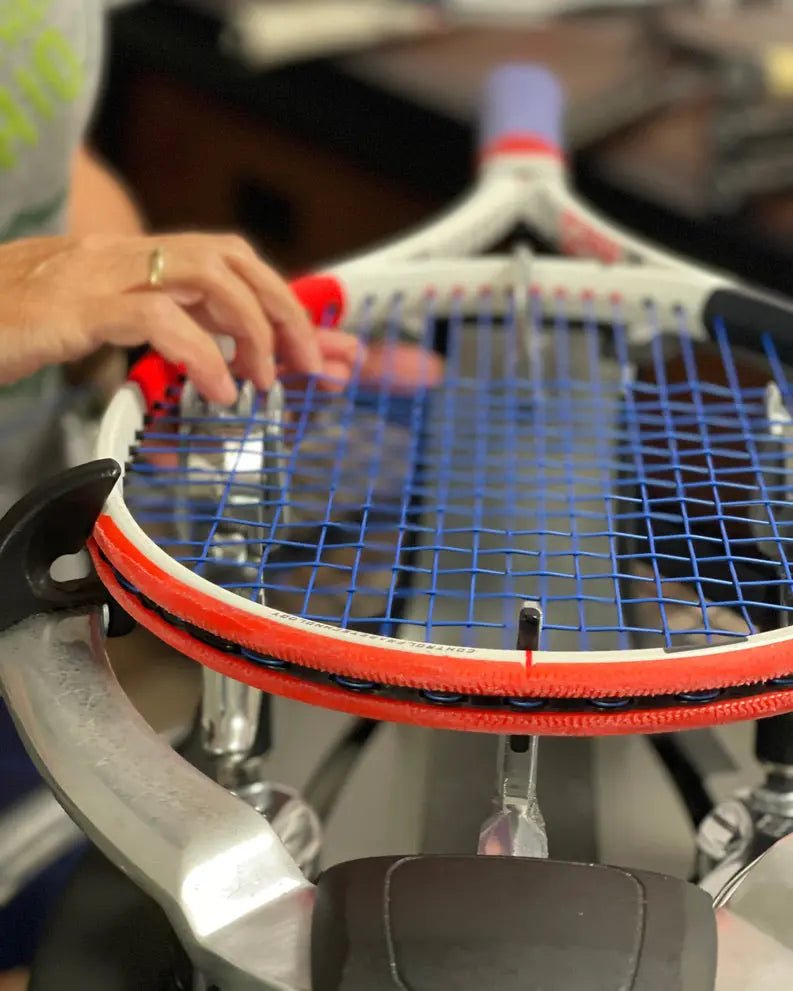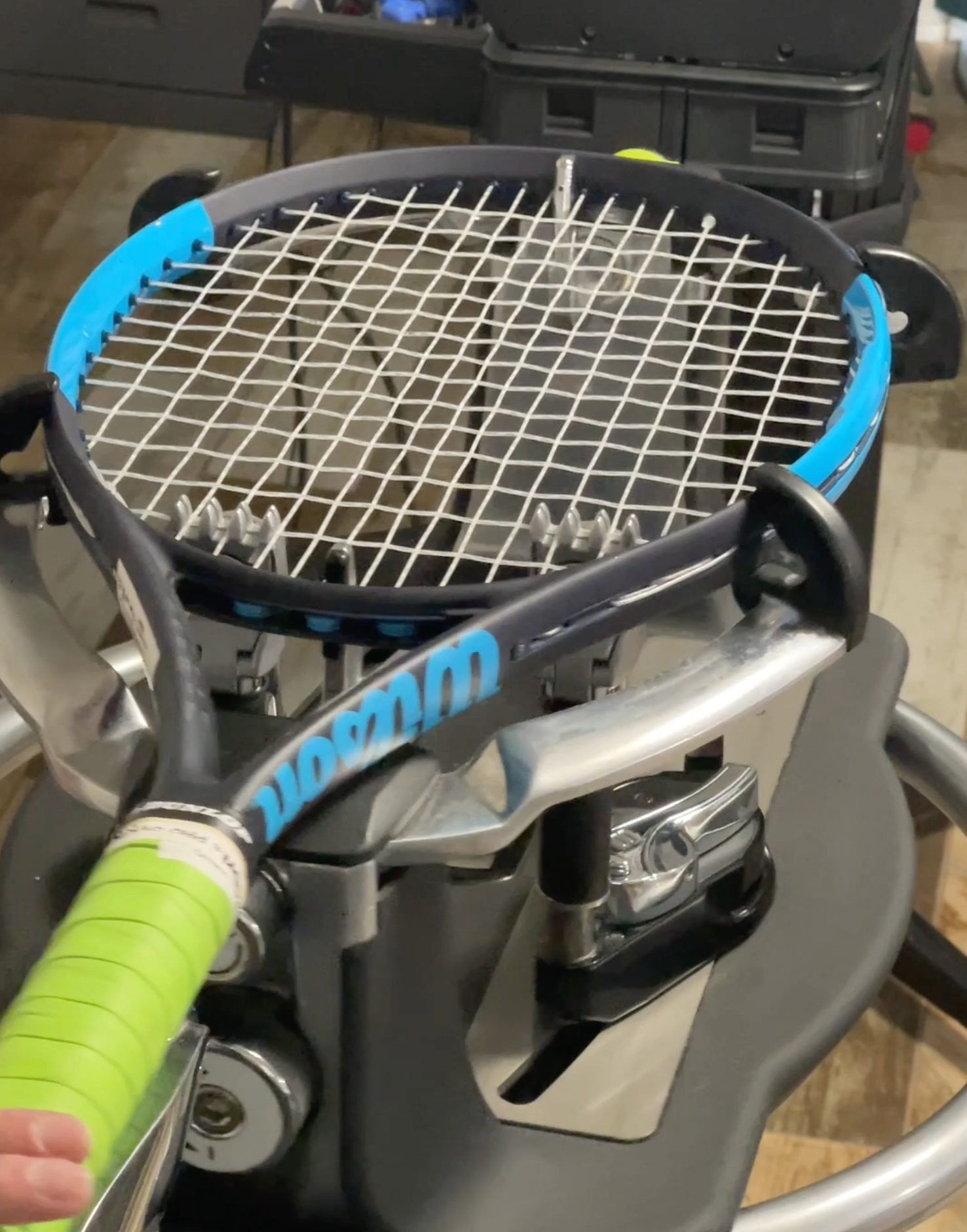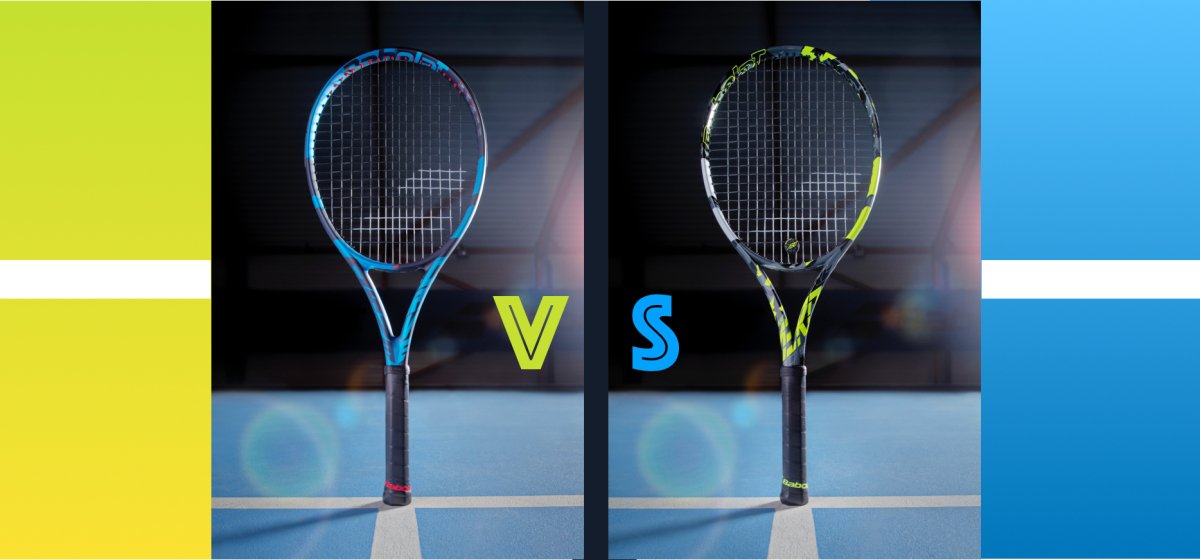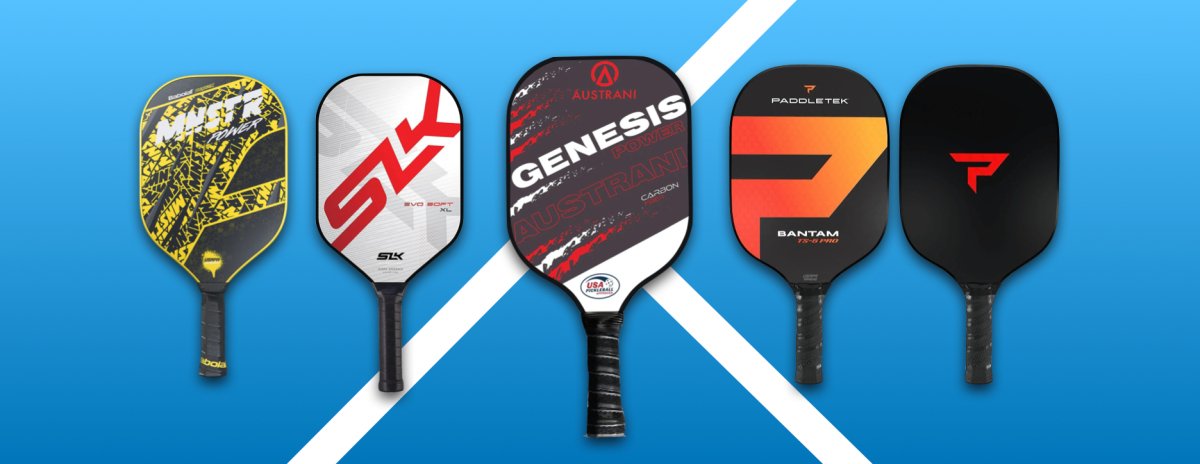Padel was invented in 1969 in Acapulco, Mexico by Enrique Corcuera, a wealthy Mexican businessman. Corcuera created the sport as a way for his family and friends to enjoy tennis in a smaller, more enclosed space that would fit in the courtyard of his vacation home. He drew inspiration from several other racquet sports, including tennis, squash, and paddleball, to create the rules and equipment for padel. Padel quickly became popular in Mexico and spread to other Spanish-speaking countries, where it gained a strong following. Today, padel is played in many countries around the world and is recognized by several international governing bodies, including the International Padel Federation.
What is Padel?
Padel, also known as padel tennis, is a racquet sport that combines elements of tennis and squash. It is played on an enclosed court approximately half the size of a tennis court, with glass walls and a solid or meshed fence surrounding it. The court has a net that is similar to a tennis net but is lower, and the game is played with a smaller, solid paddle and a depressurized tennis ball. Padel is typically played in doubles, with each team hitting the ball back and forth until it hits the walls or fence or bounces twice on the court. Points are scored when a team fails to return the ball legally over the net or into the designated area of the court. Padel is a popular sport in Spain and Latin America and is gaining popularity in other parts of the world.
Padel's popularity in Europe and Latin America.
Padel has become very popular in both Europe and Latin America in recent years. In Europe, the sport has gained a strong following in Spain, which is considered the birthplace of modern padel. According to the International Padel Federation, there are over 5 million registered padel players in Spain alone, and the country has over 22,000 padel courts. Padel has also become increasingly popular in other European countries such as France, Italy, Portugal, Belgium, and the Netherlands. In Latin America, padel has been popular for several decades, particularly in Argentina, where it is the second most played sport after football. Padel is also popular in other Latin American countries such as Mexico, Brazil, Chile, and Uruguay. According to the International Padel Federation, Argentina has the largest number of registered padel players in the world, with over 8 million people playing the sport. Padel's popularity in both Europe and Latin America can be attributed to several factors, including its accessibility, the social aspect of playing doubles, and the fact that it is a fun and easy sport to learn for players of all ages and skill levels. Additionally, the sport's relatively low cost and the fact that it can be played in a smaller space than tennis or other racquet sports have also contributed to its popularity.
The rise of Padel in the USA.
Padel is a relatively new sport in the United States, but it is gaining popularity quickly. The first sport padel tennis courts in the US were built in Florida in the 1990s, but the sport did not gain much traction until more recently. In recent years, however, padel has started to take off in several states, including Florida, Texas, California, and New York. One of the main reasons for the rise of padel in the US is the efforts of organizations like the United States Padel Association (USPA) and the American Platform Tennis Association (APTA) to promote the sport and build new padel courts. These organizations have been working to educate people about padel and to encourage the construction of new courts in public parks, private clubs, and other venues. Another factor contributing to the rise of padel in the US is the sport's appeal to a wide range of players, from beginners to experienced tennis and racquet sports players. Padel is a relatively easy sport to learn, but it also offers a lot of room for skill development and strategy. In addition, padel is a great social sport that can be played in doubles, making it an ideal activity for people who enjoy being active and socializing with others.
Overall, while padel is still a relatively niche sport in the US, it is poised for growth in the coming years as more people discover the sport and more padel courts are built across the country.

Padel's unique features and benefits.
Padel has several unique features and benefits that set it apart from other racquet sports and make it an attractive option for players of all ages and skill levels. Some of these features and benefits include:
-
Smaller court size: Padel courts are approximately half the size of a tennis court, which makes the sport more accessible to players who might find tennis or other racquet sports too physically demanding.
-
Enclosed court: Padel courts are enclosed with glass walls and a fence, which means that the ball stays in play longer and there are fewer stoppages in the game. This also makes the sport more spectator-friendly.
-
Solid paddle: Padel is played with a solid paddle, which gives players more control and power than a traditional tennis racket.
-
Depressurized ball: Padel balls are depressurized, which means they do not bounce as high as a traditional tennis ball. This makes the sport easier to play for beginners and also makes rallies longer and more challenging for experienced players.
-
Doubles play: Padel is typically played in doubles, which makes it a social sport and allows players to work together and strategize during the game.
-
Low-impact: Because padel is played on a smaller court and with a depressurized ball, it is a low-impact sport that is easier on the joints than other racquet sports.
-
Cardiovascular benefits: Padel is a fast-paced sport that requires a lot of movement, which can provide cardiovascular benefits and help players improve their overall fitness.
-
Social benefits: Padel is a social sport that can be played with friends or family members, which can provide a fun and healthy way to spend time together and build social connections.
Overall, padel is a unique and exciting sport that offers a range of physical and social benefits for players of all ages and skill levels.

How to get started playing Padel.
If you're interested in getting started playing padel, here are some steps you can take:
-
Find a padel court: The first step to playing padel is to find a court near you. You can check with your local community center, sports club, or fitness center to see if they have a padel court. You can also search online for padel clubs and facilities in your area.
-
Get the right equipment: To play padel, you will need a padel paddle, padel balls, and appropriate footwear. Many padel clubs and facilities will provide rental equipment, so you can try the sport before investing in your own equipment.
-
Learn the rules: Padel has its own set of rules, which are similar to tennis but with some key differences. It's important to learn the rules before you start playing so that you can play the game correctly and avoid any penalties or confusion.
-
Take lessons: If you're new to padel, it's a good idea to take some lessons with a qualified instructor. A good instructor can teach you the basic techniques, strategy, and rules of the game, and help you improve your skills.
-
Find a partner: Padel is typically played in doubles, so you'll need to find a partner to play with. You can ask a friend or family member to play with you, or you can check with your local padel club or facility to see if they offer partner matching services.
-
Practice: As with any sport, the key to improving at padel is to practice regularly. Try to play as often as you can, and focus on improving your technique, footwork, and strategy.
Overall, getting started with padel is relatively easy, and the sport offers a range of benefits for players of all ages and skill levels. With some practice, dedication, and the right padel equipment, you can quickly improve your padel skills and start enjoying all that this exciting sport has to offer.
If you're interested in trying out Padel, the first step is to find a court near you. Many tennis clubs and sports centers now offer Padel courts, so check with your local facilities. Once you have access to a court, you'll need to get a Padel racquet and balls, which you can find at Racquet Point. It's also a good idea to take a lesson or two from a certified Padel instructor to learn the basics of the game and improve your skills. With a little practice and dedication, you'll be on your way to enjoying the fast-paced and exciting world of Padel.









2 comments
andrew
Paddle tennis was invented in 1898 by Frank Beal in Albion, MI.
KAREN LAWRENCE
We were playing on padel courts in SoCal in the 60’s & 70’s. Just saying, 90’s is a bit late.
Leave a comment
All comments are moderated before being published.
This site is protected by hCaptcha and the hCaptcha Privacy Policy and Terms of Service apply.